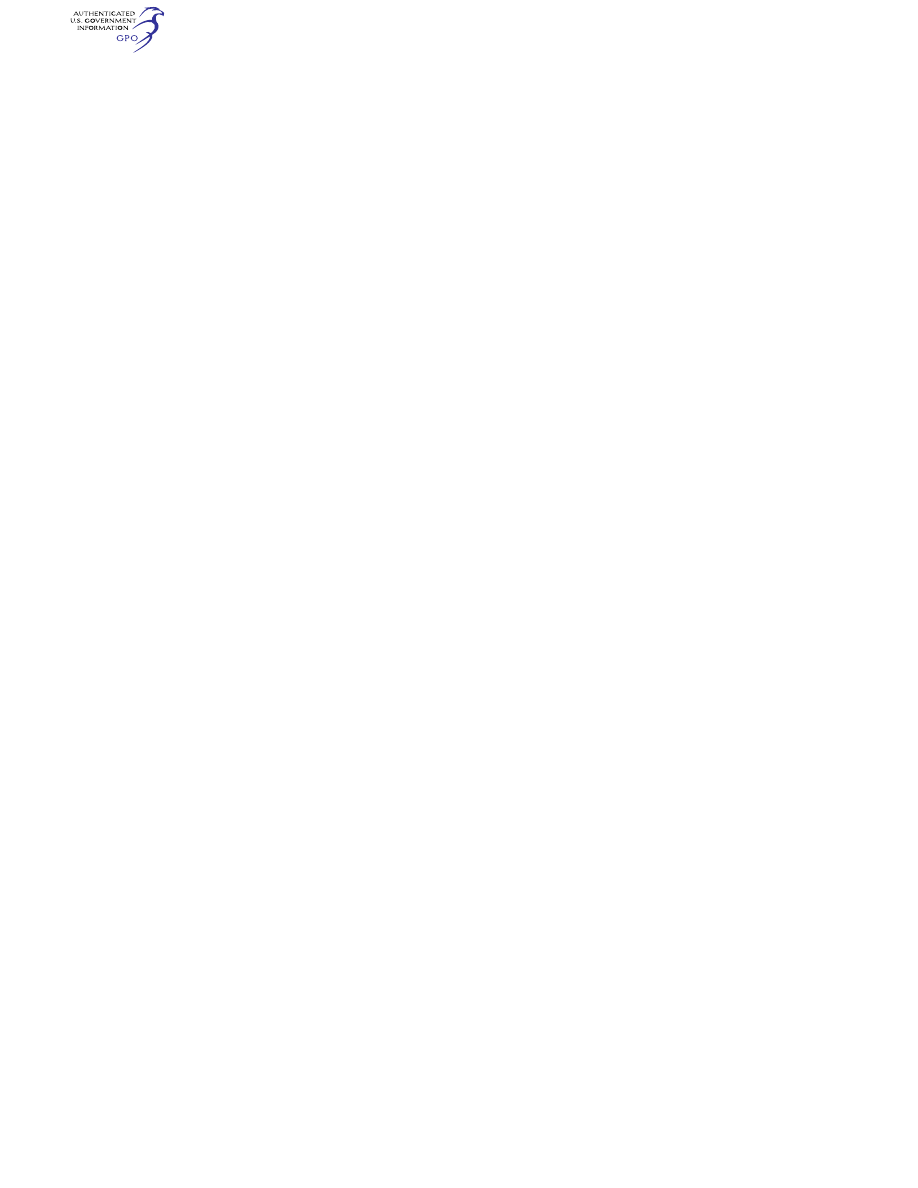
496
14 CFR Ch. I (1–1–24 Edition)
§ 135.343
the operation, safety will allow a devi-
ation from these requirements. This
deviation authority does not extend to
the training provided under § 135.336.
(b) Each certificate holder required
to have a training program by para-
graph (a) of this section shall include
in that program ground and flight
training curriculums for—
(1) Initial training;
(2) Transition training;
(3) Upgrade training;
(4) Differences training; and
(5) Recurrent training.
(c) Each certificate holder required
to have a training program by para-
graph (a) of this section shall provide
current and appropriate study mate-
rials for use by each required pilot and
flight attendant.
(d) The certificate holder shall fur-
nish copies of the pilot and flight at-
tendant crewmember training program,
and all changes and additions, to the
assigned representative of the Admin-
istrator. If the certificate holder uses
training facilities of other persons, a
copy of those training programs or ap-
propriate portions used for those facili-
ties shall also be furnished. Curricula
that follow FAA published curricula
may be cited by reference in the copy
of the training program furnished to
the representative of the Adminis-
trator and need not be furnished with
the program.
[Doc. No. 16097, 43 FR 46783, Oct. 10, 1978, as
amended by Amdt. 135–18, 47 FR 33396, Aug. 2,
1982; Amdt. 135–127, 78 FR 42379, July 15, 2013;
Amdt. 135–127A, 78 FR 77574, Dec. 24, 2013]
§ 135.343 Crewmember initial and re-
current training requirements.
No certificate holder may use a per-
son, nor may any person serve, as a
crewmember in operations under this
part unless that crewmember has com-
pleted the appropriate initial or recur-
rent training phase of the training pro-
gram appropriate to the type of oper-
ation in which the crewmember is to
serve since the beginning of the 12th
calendar month before that service.
This section does not apply to a certifi-
cate holder that uses only one pilot in
the certificate holder’s operations.
[Doc. No. 16097, 43 FR 46783, Oct. 10, 1978, as
amended by Amdt. 135–18, 47 FR 33396, Aug. 2,
1982]
§ 135.345 Pilots: Initial, transition, and
upgrade ground training.
Initial, transition, and upgrade
ground training for pilots must include
instruction in at least the following, as
applicable to their duties:
(a) General subjects—
(1) The certificate holder’s flight lo-
cating procedures;
(2) Principles and methods for deter-
mining weight and balance, and run-
way limitations for takeoff and land-
ing;
(3) Enough meteorology to ensure a
practical knowledge of weather phe-
nomena, including the principles of
frontal systems, icing, fog, thunder-
storms, windshear and, if appropriate,
high altitude weather situations;
(4) Air traffic control systems, proce-
dures, and phraseology;
(5) Navigation and the use of naviga-
tional aids, including instrument ap-
proach procedures;
(6) Normal and emergency commu-
nication procedures;
(7) Visual cues before and during de-
scent below DA/DH or MDA;
(8) ETOPS, if applicable;
(9) After August 13, 2008, passenger
recovery plan for any passenger-car-
rying operation (other than intrastate
operations wholly within the state of
Alaska) in the North Polar area; and
(10) Other instructions necessary to
ensure the pilot’s competence.
(b) For each aircraft type—
(1) A general description;
(2) Performance characteristics;
(3) Engines and propellers;
(4) Major components;
(5) Major aircraft systems (
i.e.
, flight
controls, electrical, and hydraulic),
other systems, as appropriate, prin-
ciples of normal, abnormal, and emer-
gency operations, appropriate proce-
dures and limitations;
(6) Knowledge and procedures for—
(i) Recognizing and avoiding severe
weather situations;
(ii) Escaping from severe weather sit-
uations, in case of inadvertent encoun-
ters, including low-altitude windshear
(except that rotorcraft pilots are not
required to be trained in escaping from
low-altitude windshear);
(iii) Operating in or near thunder-
storms (including best penetrating al-
titudes), turbulent air (including clear
